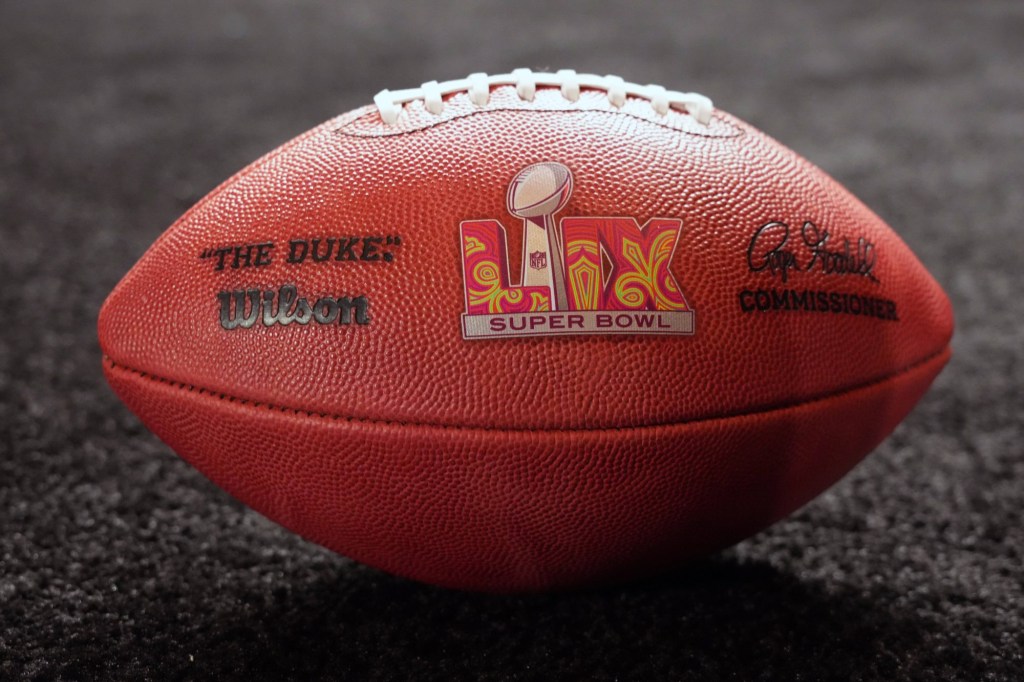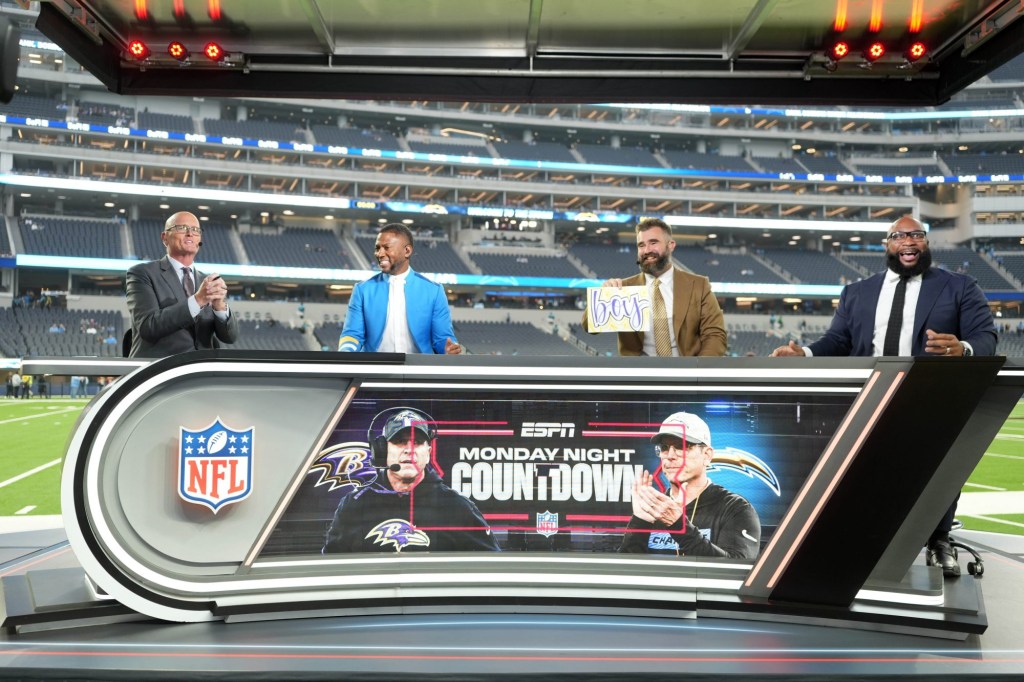The more data collected, the easier it becomes to create profiles around your customers and fans.

There is going to be a day when you walk into your favorite ballpark, arena, or stadium, and the hosting sports organization is going to know more about how you interact with their team than you may even realize yourself.
Your purchasing trends, seat preferences, favorite concessions, household income, and your monetary value to the organization as a customer will all be neatly harnessed in a profile database ready for utilization.
Hell, that day may have already arrived. Sports organizations are accumulating all different kinds of data points to paint a picture of their fan base because: a) it will enhance the efficiency of any marketing campaign b) cut costs while hopefully raising revenues and c) their fans are willingly supplying the data! The general consumer has grown so accustomed to forking over their information at the point of purchase — I’m almost positive Great Clips doesn’t need my email in order give me a haircut — that slowly but surely organizations rake in more and more data.
But once an organization has this data at their disposal, how do they go about productively putting it to use?
“The willingness of the fan to give up data in exchange for something they value has never been higher. Having all the data in the world is useless unless you have a strategy to use the insights gained from the data to help marketers drive decision making throughout their organization,” Mike Hinson, VP of College Athletics for AudienceView told Front Office Sports. “Building up a profile over time around events attended, lifetime customer value, favorite sports, lifecycle stage or other components can be extremely helpful, but only if they are used as tools to narrow the focus and conversation.”
That last portion is perhaps the most important cog for any marketing director as we head towards the end of this decade — you have all of this data at your disposal, a customer profile at the ready, all with the intentions of narrowing the focus for the consumer. Narrowing the focus is one of the most difficult tasks in the marketing spectrum, and any head start you can garner with an assist from data could heap significant revenue and preserve resources.
Not every marketing decision from here on out will be made off the basis of what the data says. Sometimes what the data spits back at you can be obvious — marketers don’t need a special system to decipher that there is likely an opportunity for overlap between people attending a Pearl Jam concert and a Chicago Cubs game. But the right blending between traditional intuition and data-driven marketing sounds like the right place to land.
It will be fascinating to track the evolution of this process. How will fans respond to sports organizations targeting them in different ways? Which marketing team will develop the best innovation to streamline their data and monetize it in a way that becomes the model for other organizations in the industry. It feels like we are in the middle of an evolution, and evolution springs innovation. Stay tuned.
This piece has been presented to you by AudienceView.
Front Office Sports is a leading multi-platform publication and industry resource that covers the intersection of business and sports.
Want to learn more, or have a story featured about you or your organization? Contact us today.


















